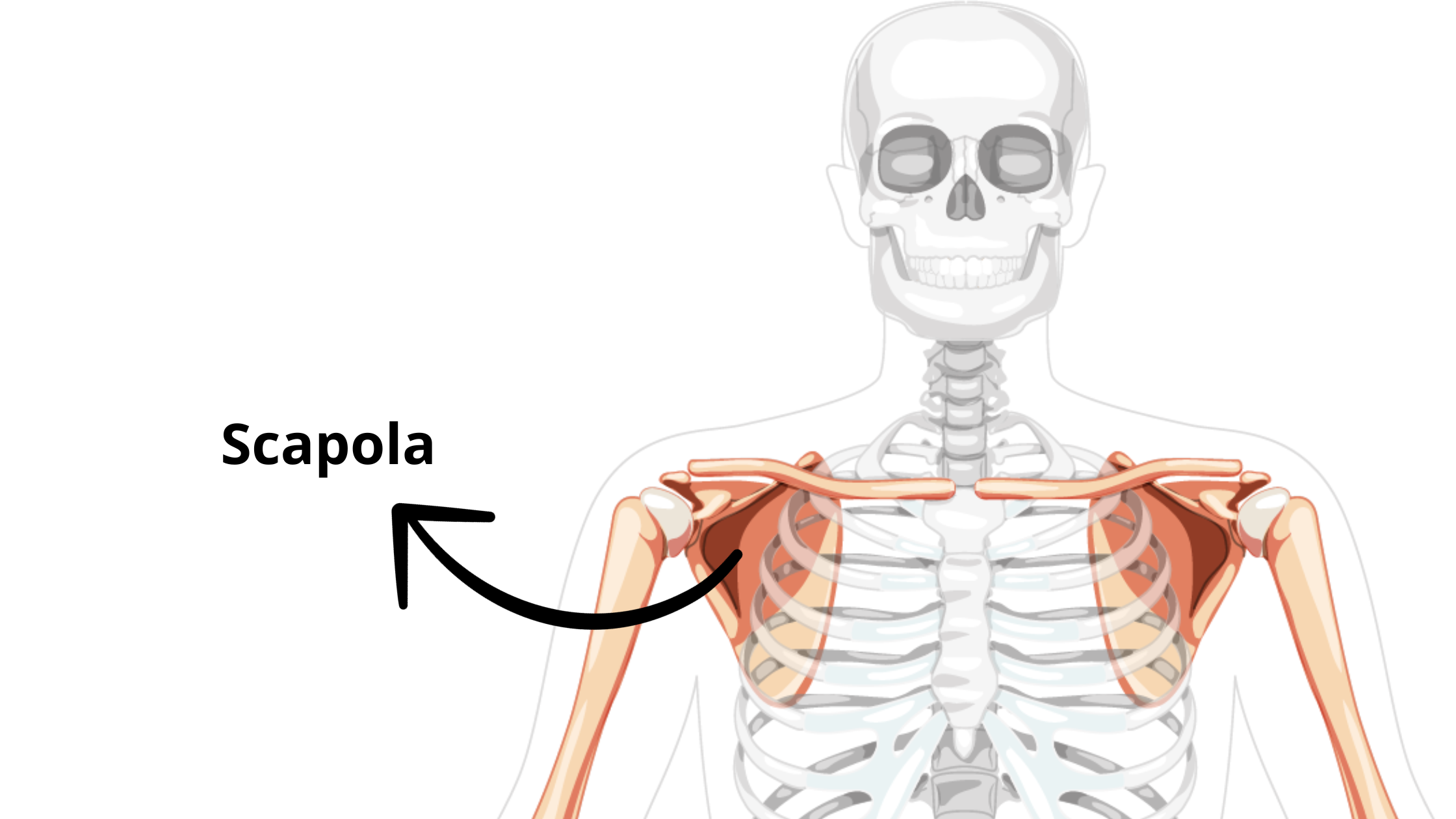Everything you need to know after a scapula fracture
Contents
1# Where the scapula is located in the human body?
2# Anatomy of the scapula
3# Which kind of movements does the scapula allow?
4# How does a scapula fracture happen?
5# How to understand if your scapula is broken?
6# What not to do if your scapula is broken?
7# Which are the most common places where a scapular bone can be broken?
8# What happens if you break your scapula? What are the complications?
9# How is a scapula fracture diagnosed?
10# How to sleep with a broken scapula?
Where the scapula is located in the human body?
The scapula is a flat and triangular also known as the shoulder blade.
It connects the upper limb to the trunk and articulates the humerus at the gleno-humeral joint and with the clavicle at the acromioclavicular joint.
The costal surface of the scapula faces the ribcage.
You can feel the spine of the scapula by placing a hand on your opposite shoulder, sliding inward.
If you know someone who often suffers from neck pain, especially on one side only, they will automatically put a hand on the painful area, trying to alleviate the symptoms.
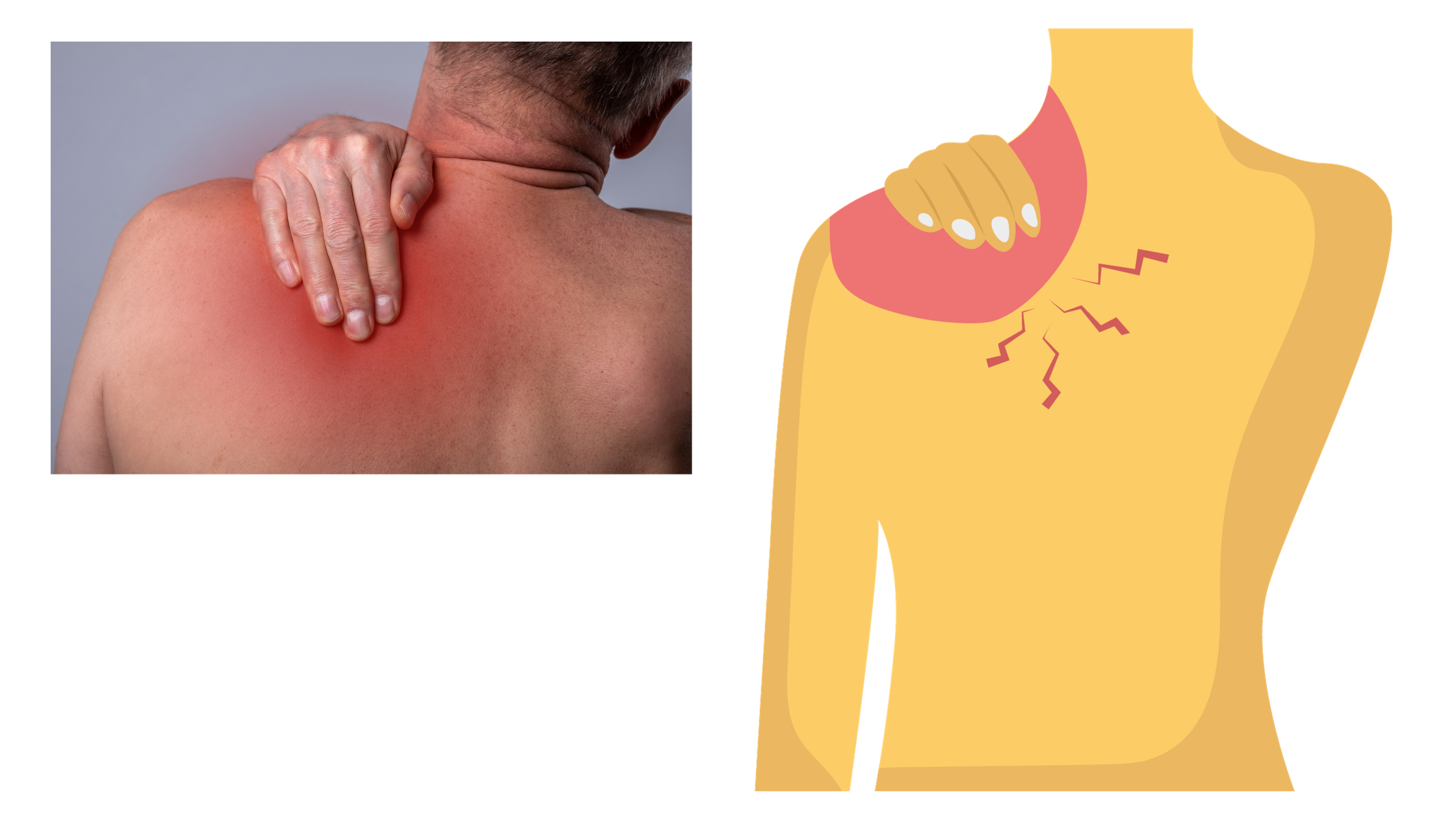
Anatomy of the scapula

The scapula bone is anteriorly composed by:
- Acromion: the protruding bony tip that you can easily palpate on both shoulders;
- Glena (glenoid): this cavity forms the gleno-humeral joint along with the humerus and it's where the articular cartilage lies,
- Coracoid process: is a small hook-like structure on the lateral edge of the superior anterior portion of the scapula and from it some muscles, such as the short head of the biceps brachii originates.
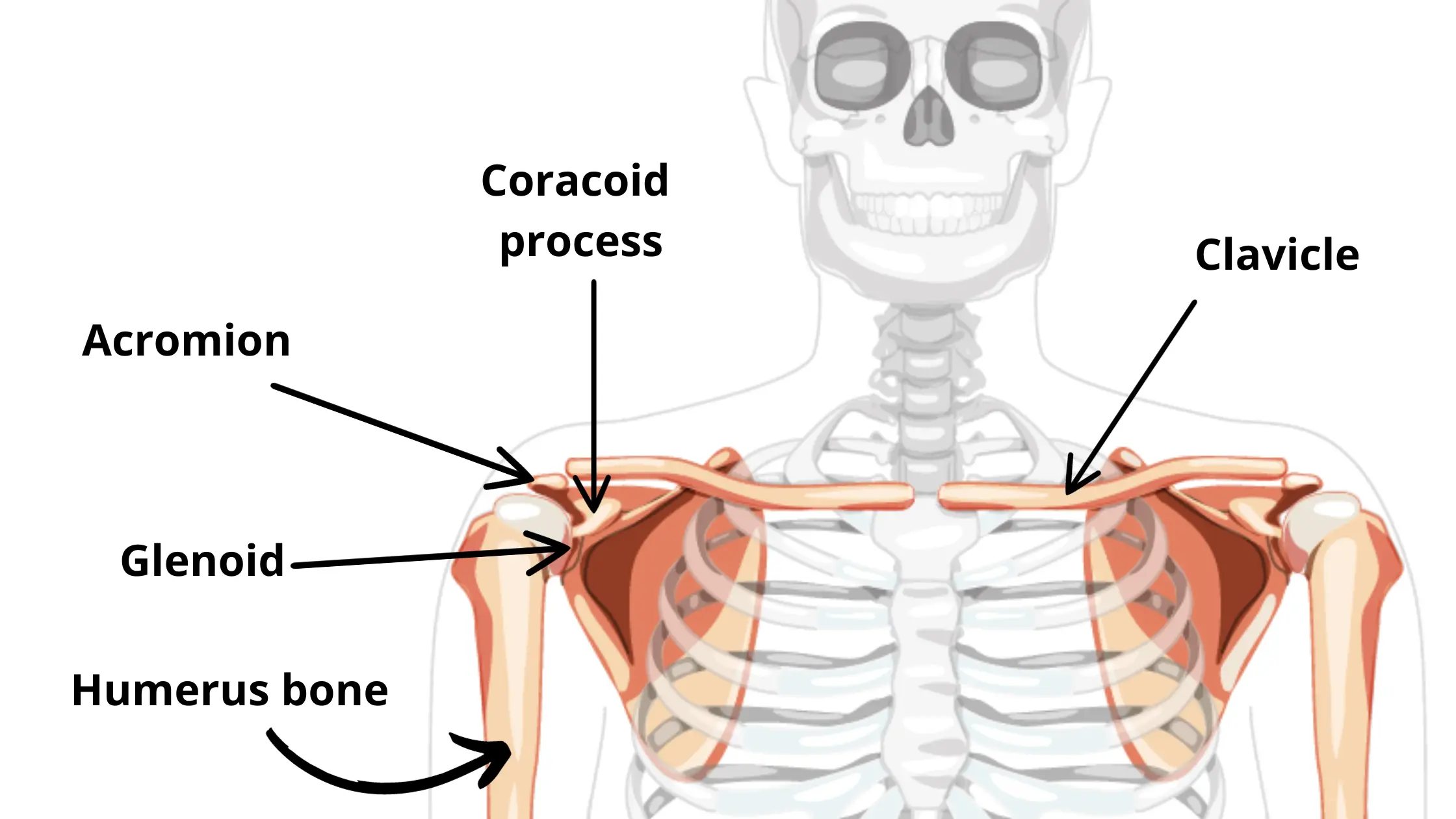
And is subsequently composed by:
- Scapula spine: divides the scapula into two distinct areas, the infraspinatus fossa and the supraspinatus fossa. Its extension forms the acromion;
- Infraspinatus fossa: area of origin of some muscles that are part of the "rotator cuff muscles";
- Supraspinatus fossa: area of origin of the supraspinatus muscle (or also called supraspinatus), famous for frequent injuries due to repeated movements over time.

Which kind of movements does the scapula allow?
The main movements that the scapula allows are:
- Arm flexion and extension:
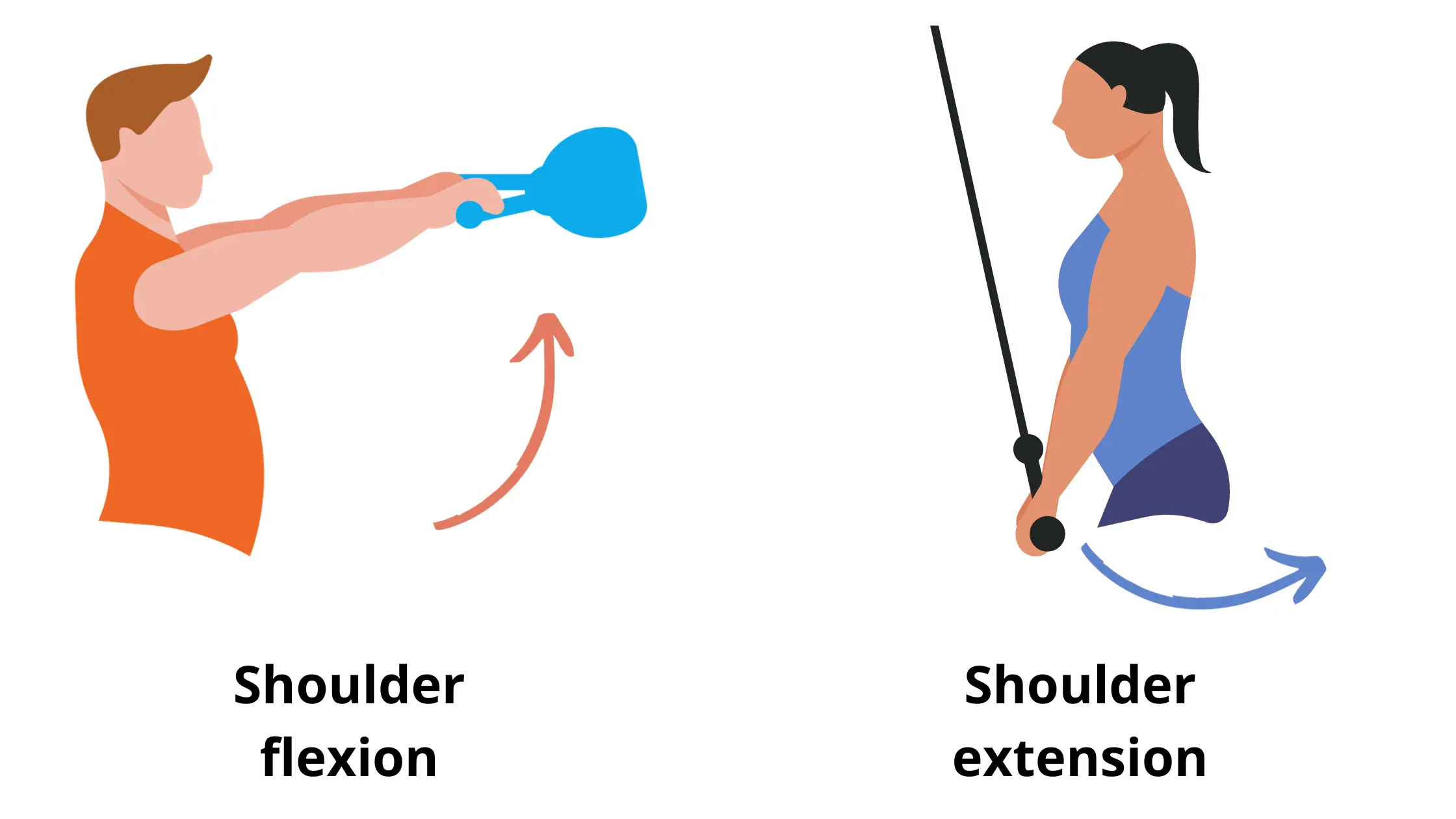
- Arm adduction and abduction:
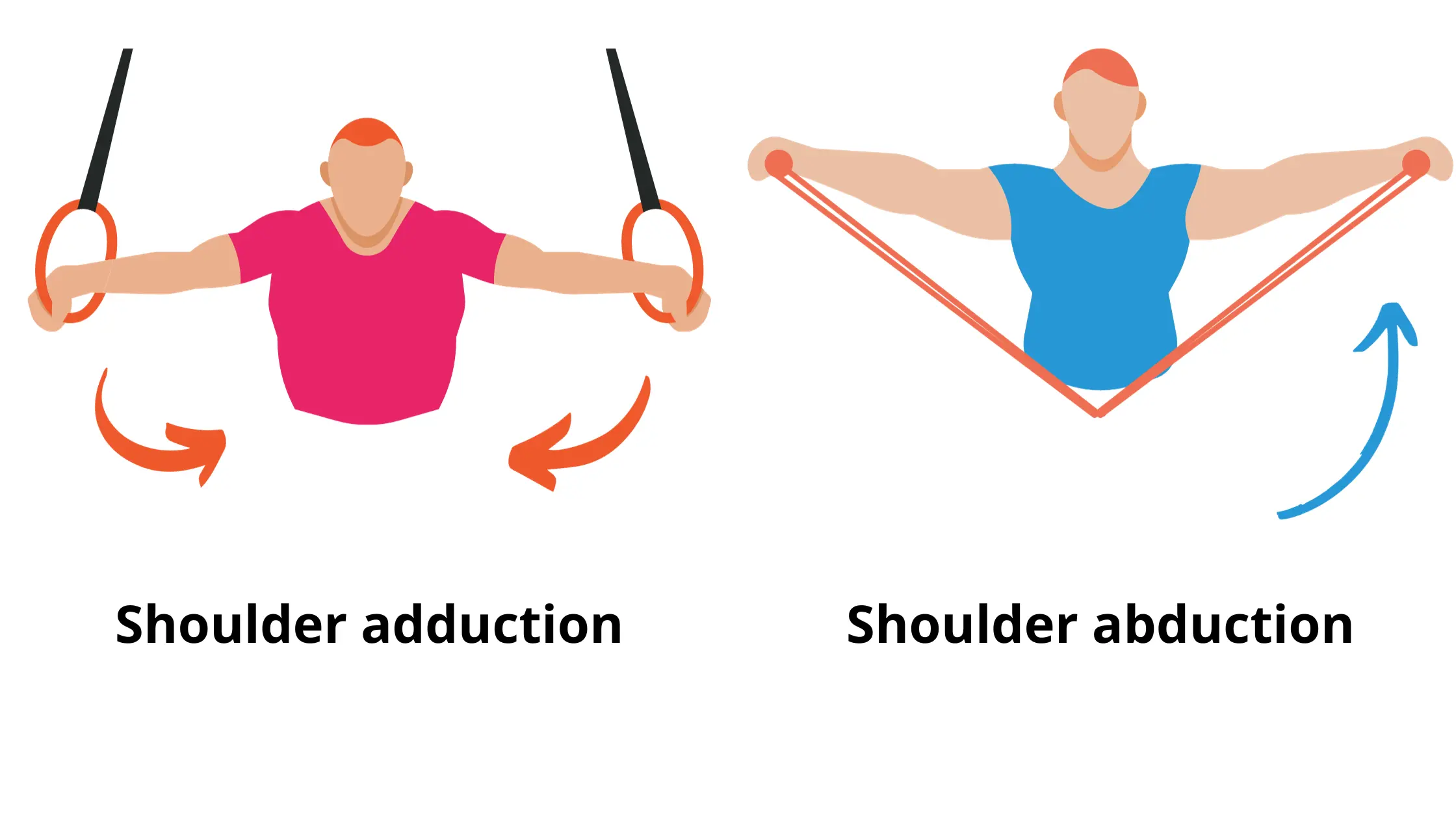
- External and internal rotation of the arm (also elbowed at 90°):

How does a scapula fracture happen?
An high intensity trauma is the main cause of scapular fractures, with also other collateral damage, such as rib fractures, vertebral fractures, contusions, etc. (called polytrauma).
The mechanism of injury is caused by a direct blow - the fall of a heavy object on the shoulder blade from great heights - as happens during car accidents, sports and work traumas.
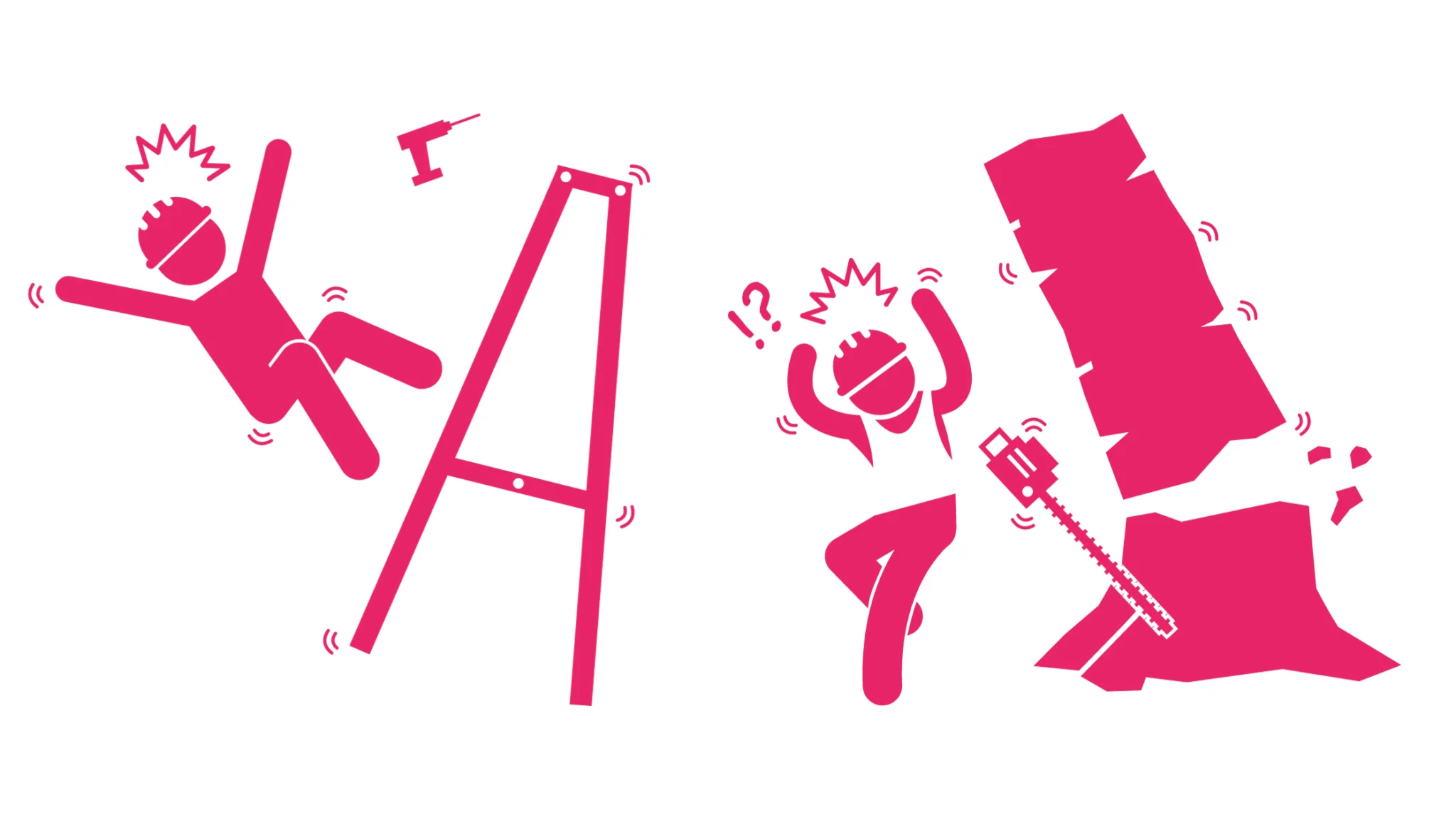
How to understand if your scapula is broken?
Similar to clavicle fractures, you may experience:
- Sharp pain;
- Swelling around the shoulder and posterior compartment;
- Bone deformity;
- Ecchymosis (blood extravasation under the skin);
- Closure attitude of the damaged shoulder and the arm in contact with the chest, in a defensive position, supported by the hand of the opposite limb;
- Very painful movements of the shoulder, especially if you try to lift the arm outwards;
- Abrasions of the skin, due to friction with possible surfaces, such as in the case of road accidents, falls, etc.
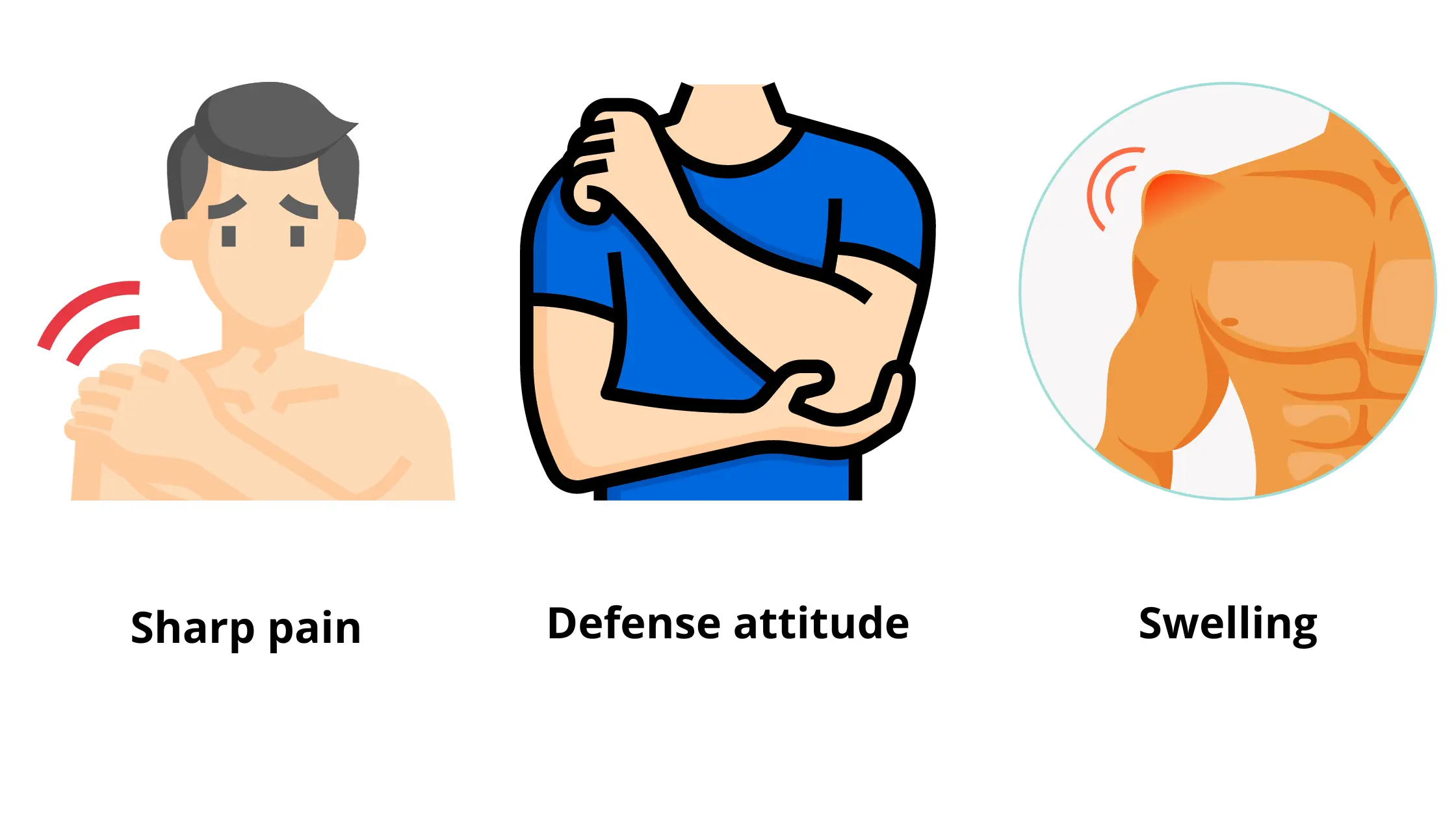
What not to do if your scapula is broken?
If you suspect a scapula fracture the first things you should avoid are:
- Move the injured shoulder;
- Move the subject, especially in cases of multiple traumas caused by road accidents because, in the case of vascular or spinal trauma, you could cause irreparable damage;
- Move the bones in the “correct position” due to the bone deformity that could be created after the injury;
- Massage the scapular area, blocked by the spasm of the adjacent muscles;
- Remove clothes with force, with the risk of moving the fracture segments and further causing greater breakdown of the fragments. If they are too tight, the fracture fragments are exposed (outside the skin) and bleeding, the best solution is to cut them.
Which are the most common places where a scapular bone can be broken?
Fractures of the scapula are classified based on their anatomical location:
- Fracture of the body of the scapula
- Fracture of the glenoid rim and articular surface
- Fracture of the neck of the scapula
- Fracture of the coracoid process
- Fracture of the acromion
- Fracture of the spine of the scapula

What happens if you break your scapula? What are the complications?
Immediate complications:
Fracture of the scapula occurs more in cases of polytrauma, associated with other bone lesions of adjacent structures, for example:
- Rib fracture;
- Shoulder dislocation;
- Vertebral fracture;
- Fracture of the clavicle;
- Fracture of the humerus;
- Acromioclavicular dislocation;
- Hill-Sachs lesion;
- Contusions or lesions of the head;
- Floating shoulder.
In cases where high impact trauma can be potentially dangerous for the subject's life, may also occur:
- Arterial lesions (subclavian, brachial artery);
- Injury to internal organs;
- Nerve lesions (brachial plexus).
Long-term complications:
The most relevant long-term complication in scapular joint fractures is the post-traumatic arthrosis of the shoulder.
This pathology does not appear immediately after the trauma, but tends to manifest over a longer period of time.
For example:
- Difficulty in union of bone segments;
- Incomplete union of the segments;
- Instability of the shoulder joints;
- Dyskinesia of both shoulder blades;
- Sub-acromial syndrome;
- Frozen shoulder;
- Shoulder stiffness.
How is a scapula fracture diagnosed?
The diagnosis of scapula fracture is obtained thanks to a radiographic examination, which includes various projections, including the antero-posterior and the lateral, from the axillary section.
A double projection allows the radiologist to diagnose particular fractures that go unnoticed and be classified as false positives.
The use of computed tomography is almost always necessary to diagnose fractures of the glenoid and neck of the scapula.
Magnetic resonance imaging allows us to observe possible lesions associated with the muscle and tendon tissues of the entire shoulder girdle, especially in high-intensity trauma.

How to sleep with a broken scapula?
In both compound and displaced fractures, a brace is applied in the arm pocket, consequently the best positions for sleeping, in order of importance and comfort, are:
- Supine in a reclined position (in this position the weight of the body does not get worse fully on the shoulder blade, with the risk of pain). The further you go with the treatment, the more you will be able to recline further the backrest;
- Fetal position (naturally on the healthy side);
- Lying on your stomach (if you don't feel pain), especially if you don't have a bench or a reclining chair available, then you can create a wall of pillows to support your back.
The only not recommended position, as an addition to sleeping on the "sick" side, is to lie on your stomach.
This position is quite complicated, not only because the brace must be kept all night, until the doctor tells you that you can remove it, but also because the tension on the shoulders could increase and cause joint and muscle pain in the shoulder and neck.

Bibliography
(1) Robinson CM. Fractures of the clavicle in the adult. J Bone Joint Surg Br 1998;80B: 476-484.
(2) Federico A. Grassi, Ugo E. Pazzaglia, Giorgio Pilato, Giovanni Zatti. Manual of orthopedics and traumatology; Elsevier; 2nd edition (1 December 2012).

